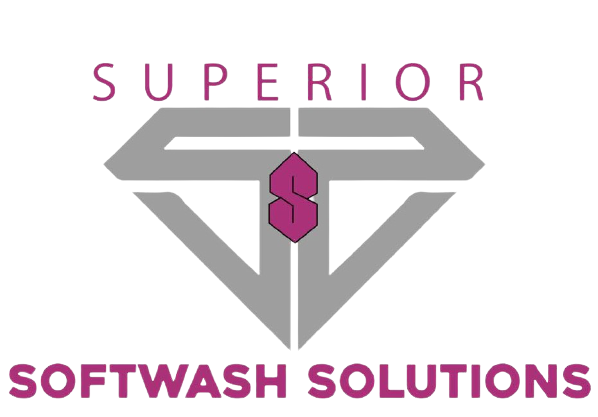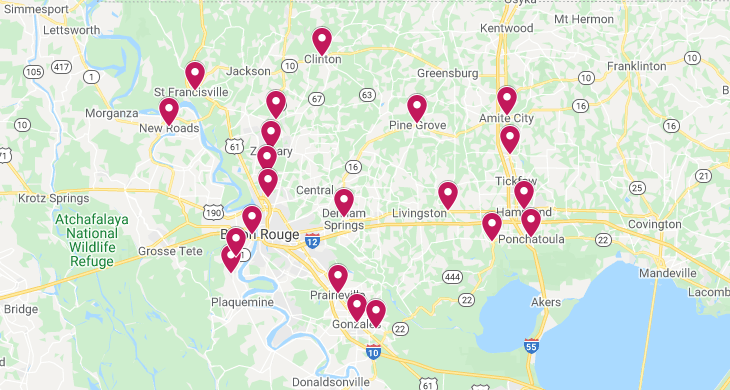Pressure Washing Inspection
Pressure Washing Inspection is a vital task, especially for a general contractor who uses the equipment to perform various types of tasks. A malfunctioning pressure washer can decrease your productivity and profitability. Proper maintenance is vital to avoid frequent breakdowns. One simple way to perform a thorough inspection is to check the oil levels using a dipstick. If you notice milkiness or a dark color, you should change the oil. In case of a leak, you should also check the safety precautions. Click Here
14-step inspection checklist for pressure washers
A pressure washer has many parts that can fail, including the trigger gun. A leaky trigger gun means milky oil, a messy working area, and stalling. Common leak sources include the inlet, pump, piston seal, and thermal release valve. Check for leaks at all of these locations. Also, look at the outlet seal for damage and replace it if needed. A float tank is an excellent way to identify a bleeding point. Make sure that the pressure gauge is between five and ten percent of normal.
A pressure washer should not be pressure-washed on things that can be hurt by the spray. Electrical panels are protected from storms by wires. The high-pressure water can damage electrical wiring. Furthermore, it is not safe to use a pressure washer near an electrical panel. The 14-step pressure washing inspection checklist includes the following parts. You should always wear safety goggles and safety glasses when using a pressure washer.
A power cord is an important component of any pressure washer. An improperly functioning power cord can result in an electrical shock or fire, exposing the operator to serious injury. Besides the electrical cord, be sure to check it for potential damage and signs of danger. Always make sure that your electric cords have ground fault interrupters, and use a circuit breaker that is at least 20 amps. If possible, you should keep the 14-step pressure washing inspection checklist handy and visible for easy reference.
A pressure washer should come with a variety of nozzles. Professional pressure washers are designed to work long hours and tackle heavy jobs. The nozzles on these machines are universally colored and categorized by the patterns they create. The red nozzle (0o) is for scrubbing second-story siding or heavy dirt. Avoid using the nozzle too close to walls. A heavy-duty pressure washer should be able to clean larger areas of concrete.
Common sources of leaks
There are many sources of leaks in your home. If you’re looking for leaks in your home, you can check the space under your sink or shower. Try to splash water around the shower door to see if there’s a leak. Also, check around any fixtures and caulk around them to see if it’s cracked or broken. If you find a leak, call a plumber to get it fixed.
A common source of leaks is your toilet. Toilets are an obvious place to look for leaks. If you hear water running from your toilet, this could be a sign of a leak. To check the toilet, you can listen for leaks with a water level test, or you can use a dye tablet to check the toilet. A full toilet tank should have water level stop one inch below the overflow tube. If you find water above the overflow tube, fix it by turning down the water level screw or float valve. If you can’t hear any sounds, you can do a dye test. A dye tablet can be picked up at your local Village Hall.
Safety precautions
There are some safety precautions to take when pressure washing. Most contractors use gas powered pressure washers, but some rely on electrical models in a constantly wet environment. Small gasoline engines can cause electric shocks and should never be used indoors. Also, never use pressure washers to push objects or people. Always make sure that your power cord has a grounded receptacle before you use it. Lastly, make sure that you know which chemicals are hazardous to use. You can find a guide for hazardous chemicals from the National Institute of Occupational Safety and Health.
The highest-pressure water in a pressure washer can cause severe burns, so be sure to wear protective clothing. Wear safety glasses to protect your eyes. Alternatively, you can buy shatterproof sunglasses to prevent small debris from getting into your eyes. The noise generated by pressure washers is quite loud and can be dangerous to your hearing over time. Therefore, you should follow all instructions and safety tips before you use a pressure washer.
Aside from wearing appropriate clothing, pressure washers should also be equipped with anti-fall devices. Using toe boards is another good idea. Also, you should not spray chemicals directly onto an insulated surface. Lastly, you should make sure that the equipment is properly vented. A pressure washer can be dangerous if it is not properly maintained. The publisher of this page does not bear any responsibility for any damage or injury caused by its readers.
Pressure washers are highly powerful and can result in a variety of injuries. Follow these 10 safety tips while using a pressure washer. In addition to following the manufacturer’s safety instructions, you should also check the qualifications of the operator. If the operator has any questions or concerns, you should ask them to consult the operator’s manual. You should also thoroughly read and understand the operator’s manual. In this way, you can avoid any unnecessary risks.
Using a ladder is dangerous because you can fall. Always follow manufacturer’s instructions and check for broken ladders regularly. In addition to inspecting ladders, you should also wear personal protective equipment, such as goggles or gloves. Remember, water pressure can cause a severe injury if you’re not wearing personal protective equipment. The following tips will help you protect yourself and your employees from harm. Remember, safety is always a top priority.
Cleaning agents to use
There are many different types of chemicals to choose from when pressure washing your home. Some of the most common chemicals are oxylic acid and citric acid. These are excellent choices for light cleaning and removing stains. However, they are not recommended for cleaning heavy soil buildup. You should use a mixture of alkaline and base chemicals when pressure washing heavy soil. Moreover, you should dilute these chemicals with water before using them on your home.
If you don’t have much experience with pressure washing, try using a pressure washer soap. This is a concentrated cleaning solution that makes about 20 gallons of cleaner when mixed with water. It’s biodegradable, so it can be safely discharged into water systems. It’s best to read the ingredients label before purchasing it, as not all detergents are the same. Soap also contains a high amount of water, which may make the process harder.
The first step to cleaning with a pressure washer is to identify the surface you want to clean. Detergents can be purchased at most local stores and will clean most stains, while degreasers are effective on heavy equipment and vehicles. Specialty cleaning agents are available for boats and cars, and they must be formulated to tackle salt water deposits and algae. This is a good way to avoid blockages. See These Helpful Hints
If you’re pressure washing on your home, it’s important to make sure that you use a biodegradable detergent. Many detergents are not biodegradable, and some may cause blockages if they are allowed to go down the storm drain. They should also be non-toxic when swallowed, and they will tell you if they’re safe for your home. If you’re unsure, consult the manufacturer or obtain an MSDS sheet.

